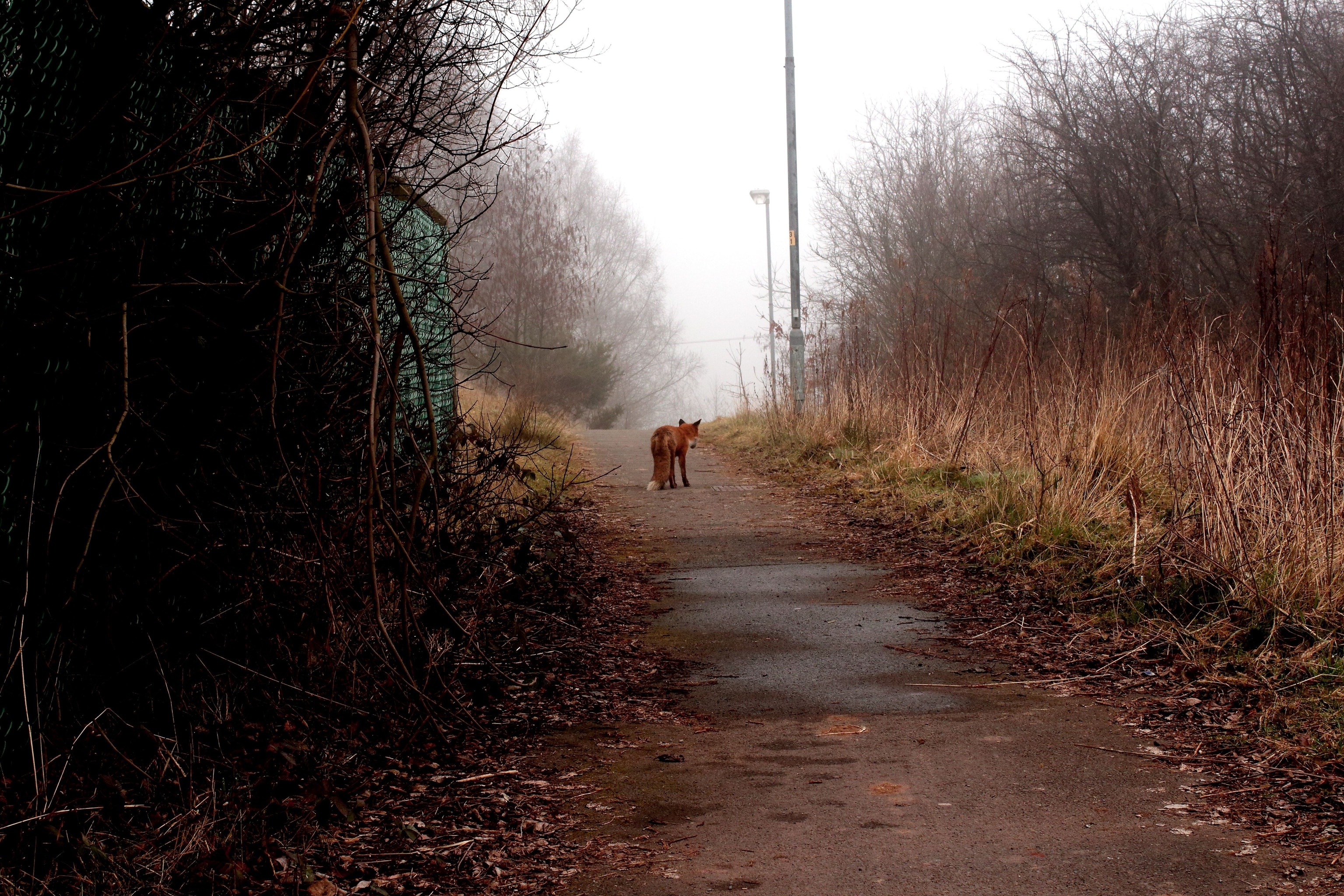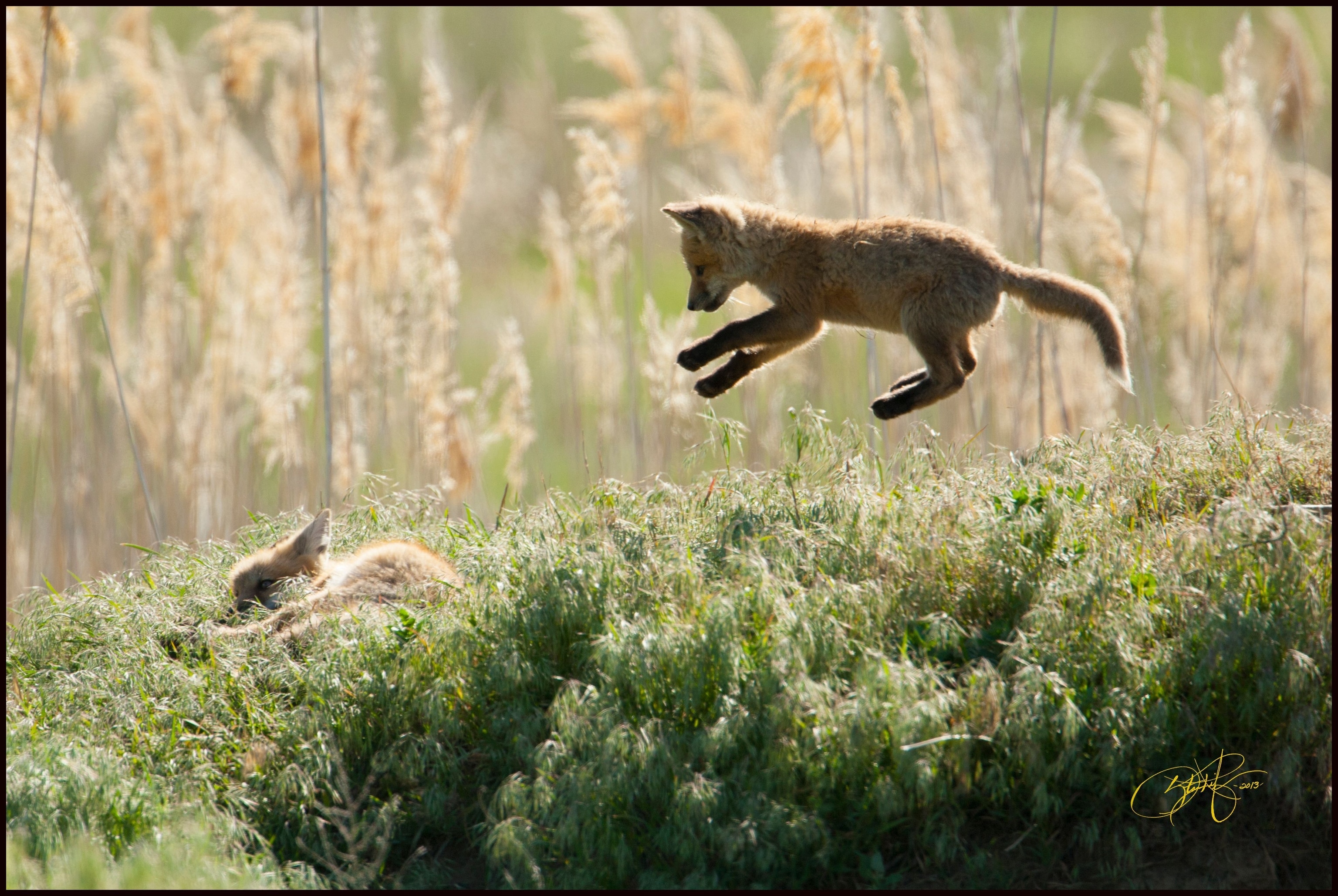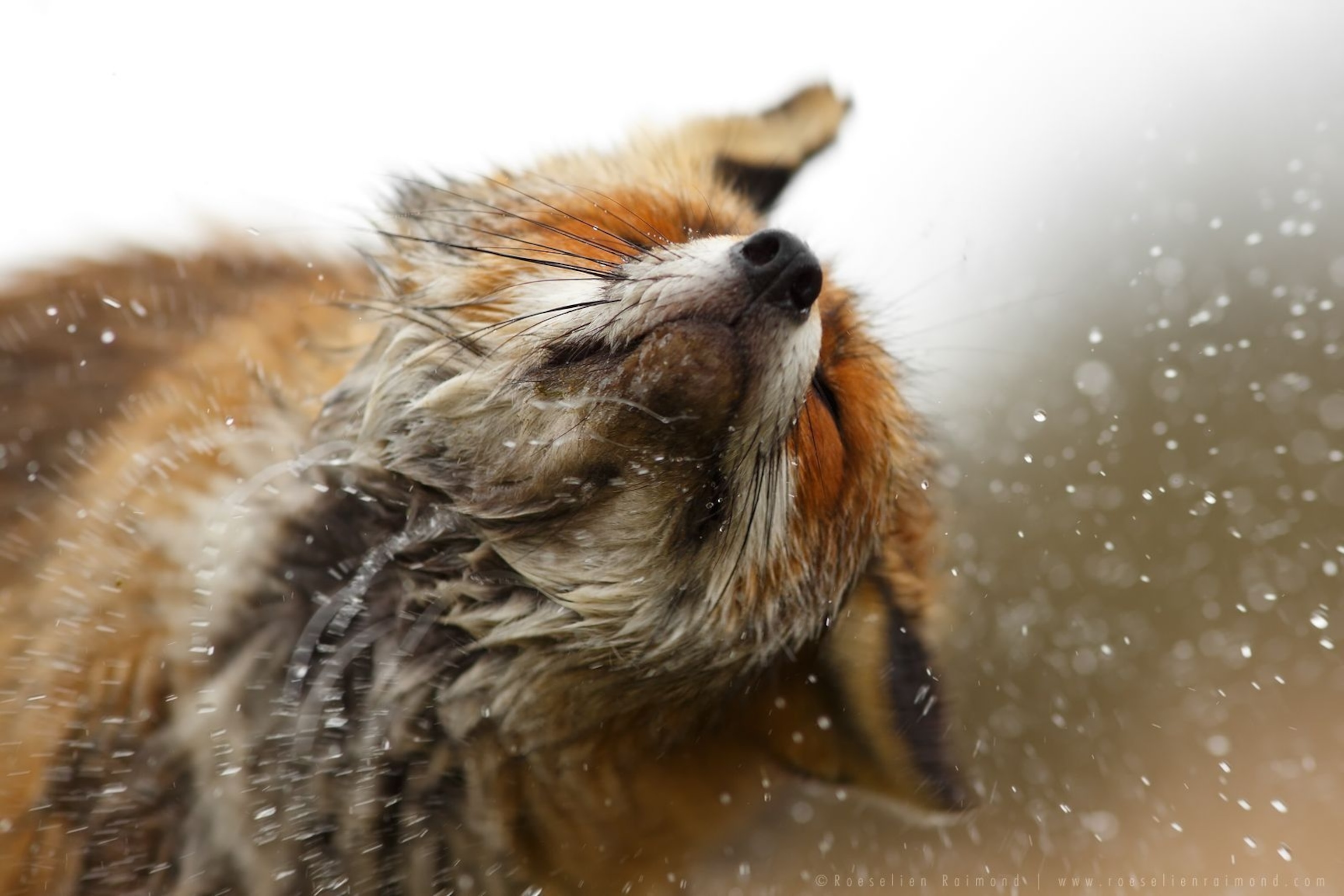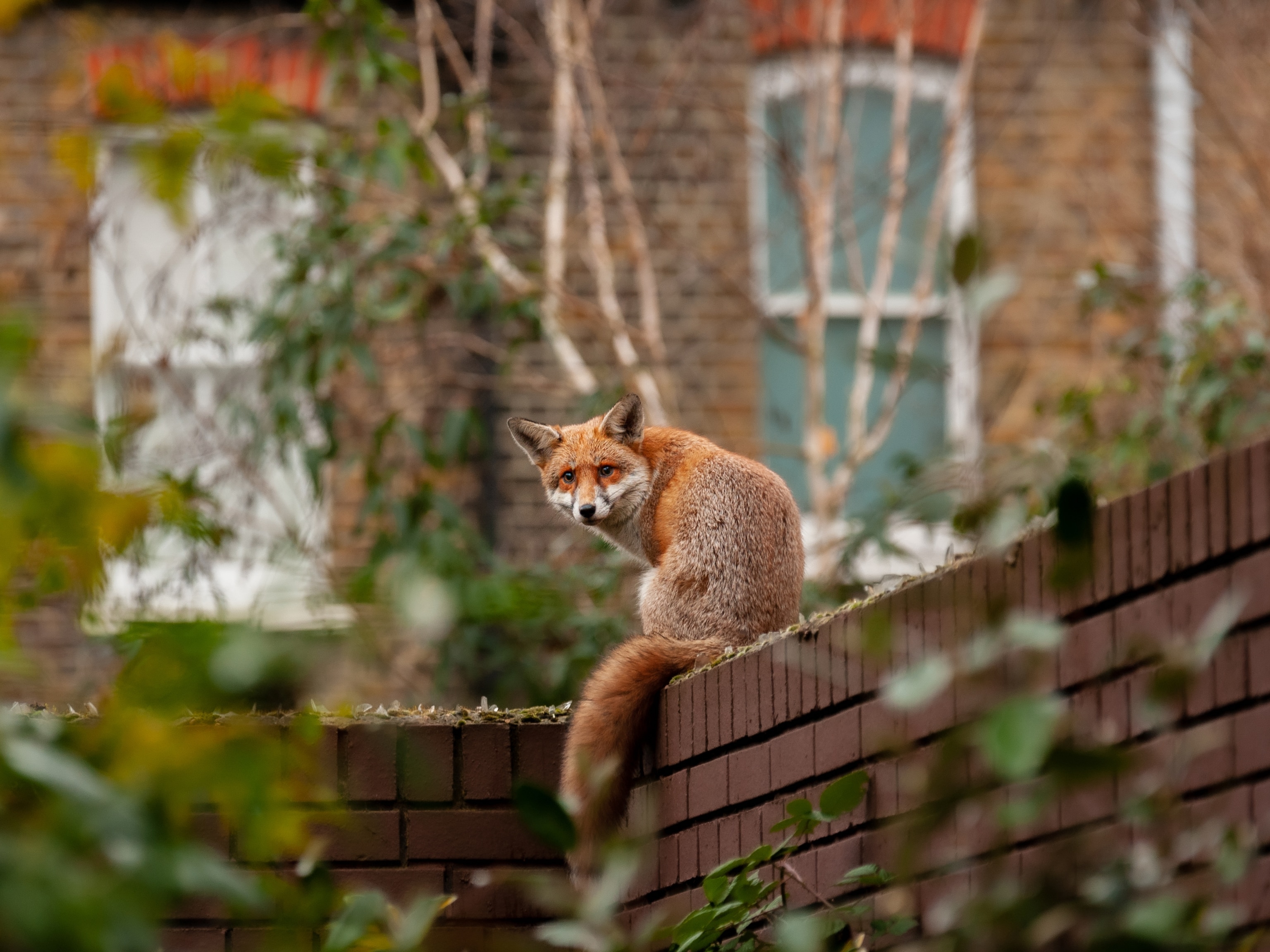Watch: Chernobyl Fox Makes and Eats Six-Layer Sandwich
A viral video of a red fox got us wondering: Just how much can they eat?
Why go to the deli when you can get the deli to come to you?
A viral video of a fox eating a sandwich outside of Chernobyl has gotten more than one million hits in the last 24 hours on YouTube and elsewhere. (Also see "Fascination With Chernobyl Inspires Surreptitious Visits.")
After the catastrophic 1986 accident at Chernobyl Nuclear Power Plant in Ukraine, the government created a 1,000-square-mile (2,600-square-kilometer) exclusion zone, an area of high radiation where the public is not allowed.
But the animals didn't get the memo—the area has since become home to a wide variety of wildlife, including the red fox (Vulpes vulpes).
Though these animals can appear healthy, certain species living in Chernobyl have a higher rate of genetic abnormalities than normal. Studies have shown, for instance, that Chernobyl birds reproduce less and have higher mortality than birds in control populations. (Related: "Pictures: Animals Inherit Mixed Legacy at Chernobyl.")
As for the recently filmed fox, his health may be unknown, but his appetite is certainly robust. The fact he readily chowed down on the sandwich—offered by a Ukrainian Radio Free Europe crew—shouldn't come as a surprise, says Ben Sacks, a fox expert at the University of California, Davis.
"They have a pretty broad diet, and a ham sandwich fits right in there," he said.
Small Serving
A six-decker sandwich might also seem like a massive amount of food even for a human, but Sacks points out that foxes have very different eating patterns than us.
In the winter, a fox may scavenge food from a dead animal, eating a huge amount one day and then going for days without eating anything. (See "Extremely Rare Fox Seen in Yosemite—First Time in 100 Years.")
Sacks estimates that a fox can eat around 20 small rats or 20 large mice in a sitting, translating to about 2 to 3 pounds (around 1 kilogram) of meat.
"That sandwich was nothing," Sacks said.
Don't Feed the Animals
Although the sandwich itself wasn't dangerous to the fox, feeding wildlife can be. When foxes and other animals cease being afraid of humans, they can be more likely to encounter humans who want to harm them, he said. (Also see "Don't Feed the Bears: Ethics in Wildlife Photography and Filmmaking.")
"They can't differentiate who is friendly and who wants to make them into fur," he says.
They also cease being wild and, in extreme cases, can become unable to fend for themselves. This can lead to the animal ultimately having to be put down.
So the next time you feel an urge to feed an animal your pastrami on rye, maybe keep it for yourself.
Follow Carrie Arnold on Twitter.















